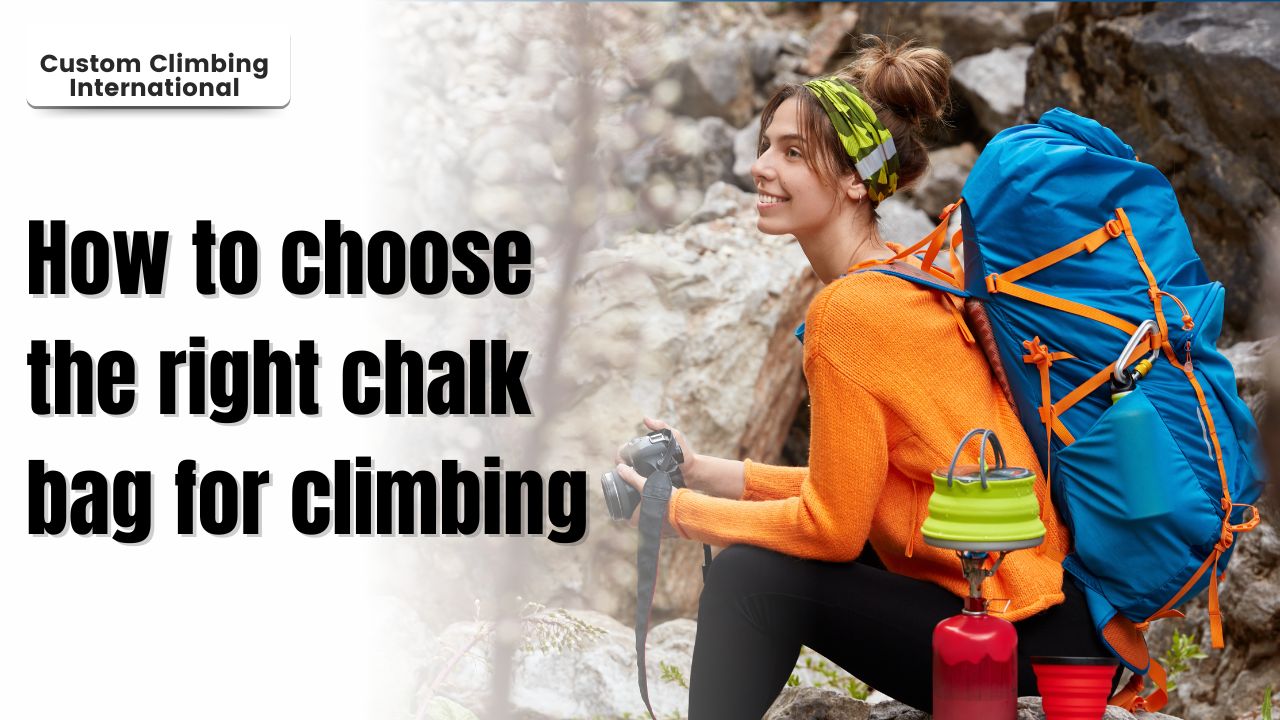![]()
Most of the time, people confuse mountaineering with trekking. In reality, both are different in various terms, such as challenges, goals, and equipment requirements. Both are outdoor activities, primarily including walking and climbing. Mountaineering and trekking are both adventure activities, and the level of difficulty creates a wide difference. People perform these activities for fun and to experience the thrill of life. Both activities are performed with specialized kits, making mountaineering and trekking flexible and enjoyable.
What Is Mountaineering?
The simple definition of mountaineering is mountain climbing, which involves reaching the summit of a mountain. It takes a lot of physical strength to climb a mountain and requires several pieces of equipment and specialized shoes to climb. Other technical activities, including mountaineering, are Hiking, Rock climbing, and Traversing slopes covered with ice and snow. The thrill and unforgettable memories are created while crossing frozen waterfalls and climbing ice-covered rock faces. Mostly, mountaineering is considered climbing mountains exceeding 6,000 meters above sea level.
Challenges
- High-altitude sickness is one of the common challenges that most mountaineers face and overcome. Low air pressure and oxygen levels lead to symptoms like headaches and dizziness, and sometimes conditions get worse due to low blood pressure.
- Loose rock and ice on mountains can be major reasons for falls. Climbers face difficulties crossing ice or snow slopes and steady or slippery rocks.
- Physical fitness is of utmost importance as climbers have to climb for long hours during the day. Another major challenge is to manage conditions at night when the temperature is at its lowest.
Skills & Equipments
One should excel in various skills like rope management, glacier travel, navigation, and wilderness first aid to climb mountains. Another extensive training includes technical climbing skills, after which one gets certifications as a qualified mountaineer. Some primary requirements of equipment include:
- Ice packs
- Extra harnesses
- Ropes and helmets
- Protective clothes
- Emergency first aid kits
- Solid camping gears
- Compass for easy navigation
What Is Trekking?
In simple words, trekking is long-distance outdoor walking through mountainous or natural terrains. It requires more physical and mental strength than hiking. It can go up to several weeks and days. Trekking is performed at lower altitudes than mountaineering. During trekking, one can have opportunities to explore landscapes and cultural sites. Walking through mountainous terrains demands endurance.
Challenges
- Adjusting to new weather conditions or terrains can be a challenge, as it can lead to nausea or dizziness. Prolonged walking can make one tired, and one may face dehydration due to high heat and humidity.
- Another major challenge that can make trekking more challenging is unpredictable weather conditions. Sudden changes to weather include thunderstorms, freezing temperatures, rain and heat waves. For protection, there are specialized trekking kits to manage adverse weather conditions.
- Excessive sun exposure can cause sunburn while trekking. Friction from your foot in your shoes can lead to painful blisters, which can make trekking difficult. Erratic weather, abrupt terrain changes, or mild illnesses can make trekking a challenging activity.
Skills & Equipments
To go on a trek, you do not require any certain certifications or technical expertise, which is mandatory for mountaineering. One thing is that participants are required to be physically fit with high endurance levels. One must be prepared to walk on rugged terrain, and with a knowledge of local areas and the environment, one can become a trekker. Some essential equipment for trekking is listed below.
- Hiking boots
- Backpacks with waist belts
- Chalk bags
- Trekking poles
- Camping gears
- Navigation tools like GPS and compass
- Weather appropriate clothing
Conclusion
Through this blog, we hope that you will have insights into the fundamental differences between mountaineering and trekking. Both give you opportunities to experience different environmental conditions and various challenges involved in both outdoor activities. Whether it’s trekking or mountaineering, they have their different sets of equipment and require a presence of mind with technical skills. Long walking and climbing promote exploration and personal growth. Start your adventurous journey of outdoor activities and get your kits and chalk bags from us.
